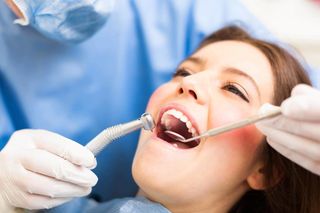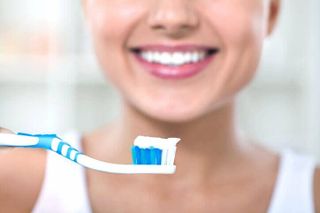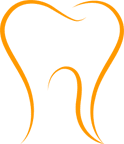ORAL HEALTH SPECIALISTS
What is Periodontal Disease?

DID YOU KNOW?
FREQUENTLY ASKED QUESTIONS
CAUSES OF PERIODONTAL DISEASE
DID YOU KNOW?
- Genetic predisposition to periodontal disease
- Age
- The use of medications that cause dry mouth
- Defective or poorly fit dental appliances and restorations
- Tobacco usage
- Improper nutrition
- Hormonal changes
- Systemic diseases, such as heart disease
- Diabetes
- Auto-immune diseases, such as AIDS
FREQUENTLY ASKED QUESTIONS
How to Brush Your Teeth

DID YOU KNOW…
FREQUENTLY ASKED QUESTIONS
HOW TO FLOSS YOUR TEETH
Pull against the side of one tooth, creating a “C-shape” and sliding upwards to remove plaque build-up.
Pull against the opposite tooth edge using the same technique.
Repeat this process for each tooth until all inner surfaces have been flossed.
Don't forget to floss the backs of your molars!
NEED SOME EXTRA TIPS?
FREQUENTLY ASKED QUESTIONS
Electric Brush versus Manual Brushes

DID YOU KNOW…
FREQUENTLY ASKED QUESTIONS
BAD BREATH
DID YOU KNOW…
FREQUENTLY ASKED QUESTIONS
Dental Health and Your Diet





